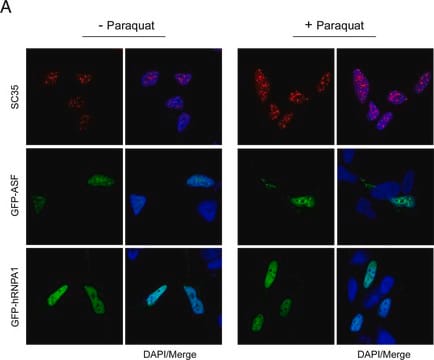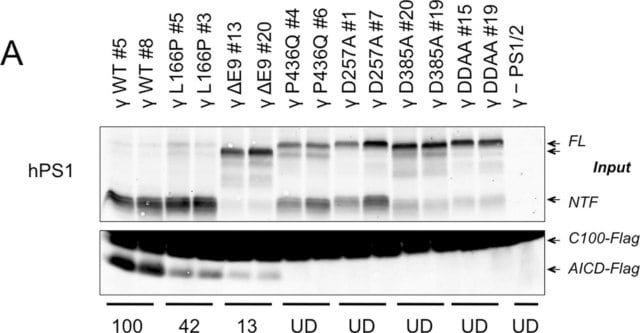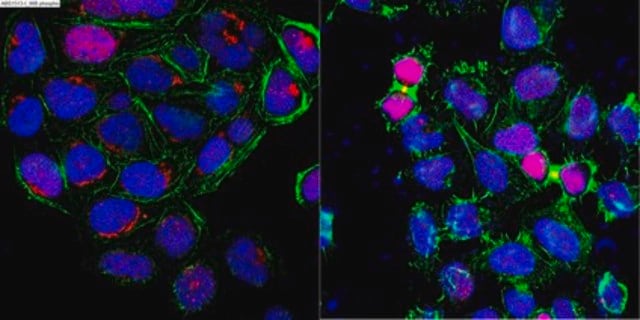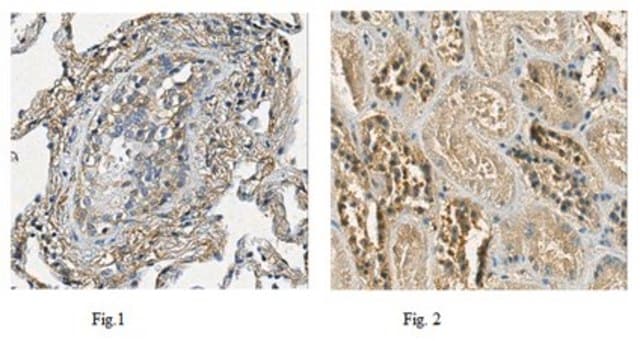P7854
Anti-Presenilin-1 (S182) antibody produced in rabbit
IgG fraction of antiserum, buffered aqueous solution
Synonym(s):
Anti-ACNINV3, Anti-AD3, Anti-FAD, Anti-PS-1, Anti-PS1, Anti-S182
About This Item
Recommended Products
biological source
rabbit
conjugate
unconjugated
antibody form
IgG fraction of antiserum
antibody product type
primary antibodies
clone
polyclonal
form
buffered aqueous solution
species reactivity
mouse, human, Xenopus, rat
technique(s)
immunohistochemistry (formalin-fixed, paraffin-embedded sections): 1:100 using methacarn-fixed, formic acid-treated sections of Alzheimer′s Disease (AD) brain
microarray: suitable
western blot: 1:10,000 using whole cell extract of PC12 rat adrenal pheochromocytoma cell line
UniProt accession no.
shipped in
dry ice
storage temp.
−20°C
target post-translational modification
unmodified
Gene Information
human ... PSEN1(5663)
mouse ... Psen1(19164)
rat ... Psen1(29192)
Related Categories
General description
Specificity
Immunogen
Application
- immunostaining
- immunofluorescence detection
- immunohistochemistry
- immunoblotting
Biochem/physiol Actions
Physical form
Disclaimer
Not finding the right product?
Try our Product Selector Tool.
Storage Class Code
10 - Combustible liquids
Certificates of Analysis (COA)
Search for Certificates of Analysis (COA) by entering the products Lot/Batch Number. Lot and Batch Numbers can be found on a product’s label following the words ‘Lot’ or ‘Batch’.
Already Own This Product?
Find documentation for the products that you have recently purchased in the Document Library.
Our team of scientists has experience in all areas of research including Life Science, Material Science, Chemical Synthesis, Chromatography, Analytical and many others.
Contact Technical Service







![Western Blocking Reagent, Solution solution, sufficient for 10 blots (11921673001 [100 cm2]), sufficient for 60 blots (11921681001 [100 cm2])](/deepweb/assets/sigmaaldrich/product/images/352/091/ef743cea-ccd8-44f1-8f3b-dec5a1e4f5d1/640/ef743cea-ccd8-44f1-8f3b-dec5a1e4f5d1.jpg)
